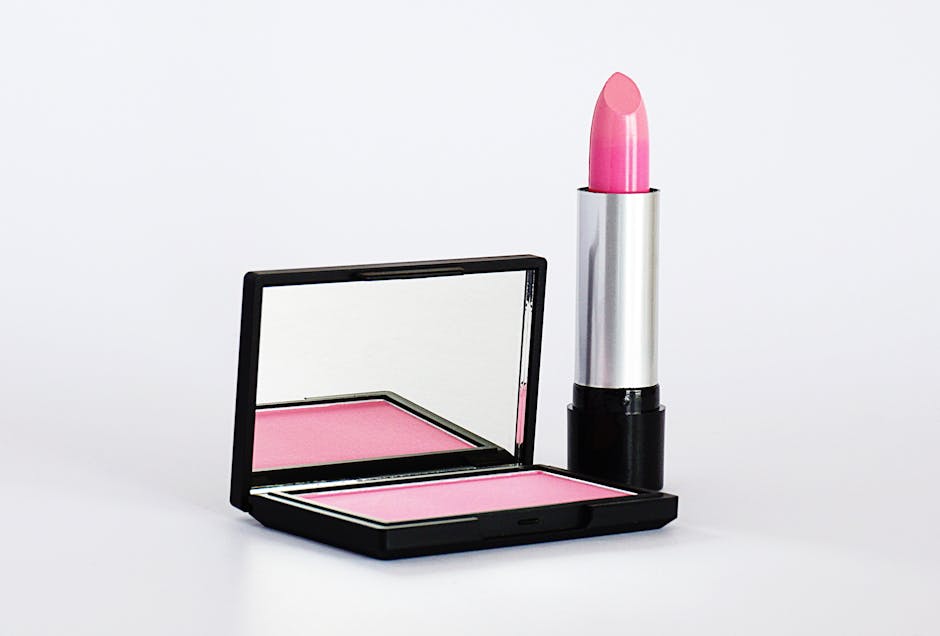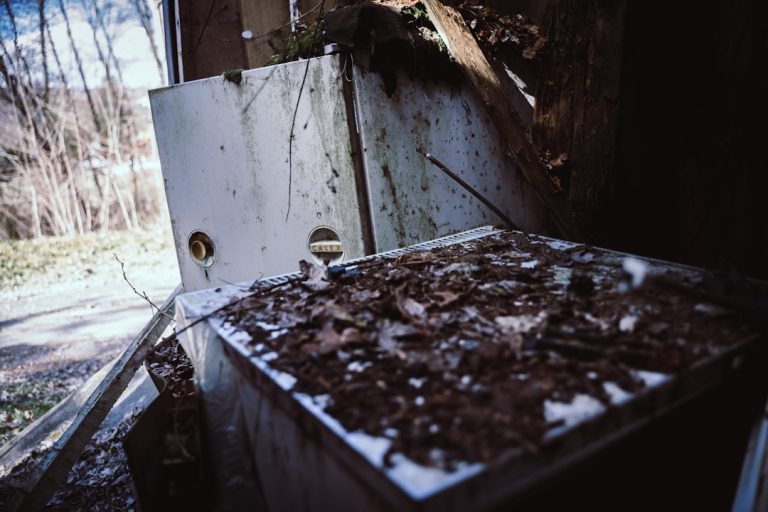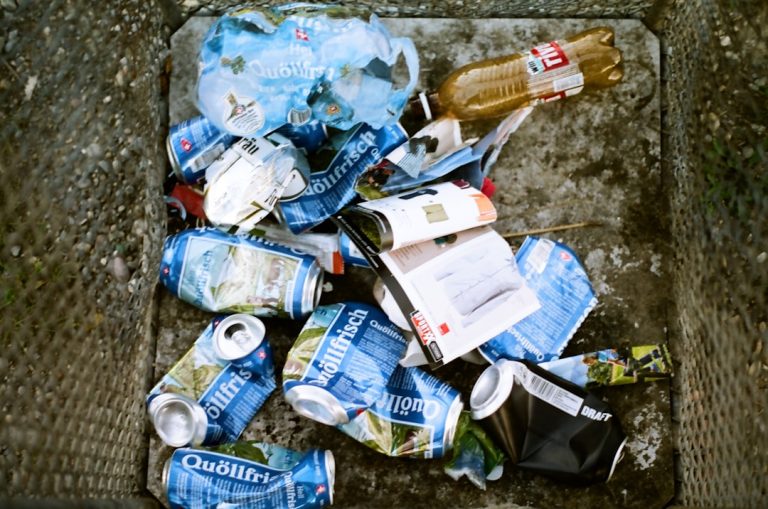5 Zero-waste Kitchen Products That Transformed My Home.
5 Zero-waste Kitchen Products That Transformed My Home
My kitchen used to be a graveyard of plastic. From single-use baggies and cling film to dish soap bottles and mountains of paper towels, the waste bin overflowed with a frustrating regularity. I knew I wanted to do better, but the sheer volume felt overwhelming. It wasn’t about a complete overhaul overnight; it was about finding manageable, impactful changes. That’s when I started exploring zero-waste kitchen products, and let me tell you, the transformation has been nothing short of revolutionary. These aren’t just trendy gadgets; they’re practical, durable items that have fundamentally shifted how I interact with my home, making it cleaner, more organized, and significantly kinder to the planet. Today, I’m excited to share the five specific products that truly transformed my kitchen, turning it from a source of eco-guilt into a beacon of sustainable living.
Setting the Stage for a Plastic-Free Kitchen Revolution
Before diving into the specific products, it’s important to understand the mindset shift that accompanied these changes. My journey wasn’t sparked by a sudden epiphany, but rather a growing unease with the amount of trash my household generated. I started small, trying to identify the biggest culprits in my kitchen waste stream. What I discovered was a cycle of convenience-driven consumption that was both costly and environmentally damaging. The idea of “zero-waste” initially felt daunting, almost impossible. But I realized it wasn’t about perfection; it was about progress. Each small swap, each conscious decision, built momentum. This personal commitment to a more mindful home laid the groundwork for the truly transformative power of these five products.
The beauty of these changes is that they weren’t just about reducing waste; they also led to a more aesthetically pleasing and functional kitchen. Less clutter, more natural materials, and products designed for longevity instead of disposability. It was a holistic upgrade that extended beyond the environmental benefits, fostering a deeper connection to my home and the choices I make as a consumer. If you’re feeling overwhelmed by the thought of going zero-waste, remember that every journey begins with a single step, and these products were my giant leaps.
My Produce Aisle Game-Changer: Embracing Reusable Bags
Let’s start with a simple yet incredibly impactful swap: reusable produce bags. For years, every trip to the grocery store meant grabbing those flimsy, transparent plastic bags for my fruits and vegetables. They’d get used for mere minutes, then tossed, destined to take hundreds of years to break down, if ever. The sheer volume of these bags alone was enough to make me cringe. Switching to reusable mesh produce bags was one of the first and easiest changes I made, and the transformation was immediate and visible.
Now, my grocery trips are different. I arrive with my sturdy canvas shopping bags, and tucked inside are my lightweight, breathable mesh produce bags. Not only do they eliminate plastic waste, but they also keep my produce fresher for longer because of better air circulation. No more soggy spinach wrapped in suffocating plastic! They’re easy to wash, durable, and come in various sizes to accommodate everything from a single avocado to a bunch of kale. This small change fundamentally altered my relationship with grocery shopping, making it a more conscious and satisfying experience. It wasn’t just about avoiding plastic; it was about feeling empowered to make a better choice, every single time I bought groceries.
The Dishwashing Dynamic Duo: How Solid Soap and a Wooden Brush Sparkled My Sink
Next up: dishwashing. My sink used to be a revolving door for plastic dish soap bottles and synthetic sponges that frayed and smelled after just a few uses. This was a constant source of frustration. The solution came in the form of a solid dish soap bar and a sturdy wooden dish brush with replaceable heads. This dynamic duo completely revolutionized my dishwashing routine and, by extension, my entire sink area.

The solid dish soap bar, often made with natural ingredients, lathers beautifully and cuts through grease just as effectively as its liquid counterparts, if not better. When it runs out, there’s no plastic bottle to dispose of; just a tiny, compostable wrapper, or sometimes no packaging at all. Paired with it is my wooden dish brush. This isn’t just a brush; it’s an investment. The handle is durable wood, and when the bristles wear out, I simply pop off the old head and replace it with a new, compostable one. No more throwing away entire plastic brushes or sponges every few weeks. This change brought an unexpected sense of calm to my kitchen. My sink area looks tidier, smells fresher (no more mildewy sponges!), and I feel good knowing I’m not contributing to the plastic problem with every wash. It’s a simple, elegant solution that truly transformed a mundane chore into a mindful act.
Taming Food Scraps: The Countertop Compost Bin That Changed Everything
Food waste was another major contributor to my overflowing trash can. Peelings, coffee grounds, uneaten leftovers – it all added up. I knew composting was the answer, but the idea of a large outdoor bin felt daunting, and frankly, a bit messy. Enter the countertop compost bin. This small, unassuming container became one of the most impactful zero-waste products in my home, fundamentally altering how I manage food scraps.
My sleek, odor-proof countertop compost bin now sits proudly next to my sink. Throughout the day, all my fruit and vegetable scraps, coffee grounds, tea bags, and other organic waste go directly into it. No more multiple trips to the outside bin, no more smelly trash cans. When it’s full, I simply carry the inner bucket out to our larger backyard compost pile. The transformation here wasn’t just about reducing landfill waste; it was about gaining a new appreciation for the circularity of nature. My food scraps are no longer “waste”; they’re resources being returned to the earth to enrich soil. This simple addition made composting incredibly convenient and integrated it seamlessly into my daily kitchen routine. It made me more mindful of what I consume and how I can reduce food waste, turning a previous source of guilt into a source of pride. For anyone wanting to make a tangible difference in their home’s waste output, a countertop compost bin is an absolute game-changer. You can even learn more about the process with the EPA’s guide to composting.
Beyond Cling Wrap: Silicone Solutions for Smarter Food Storage
Plastic cling wrap and single-use sandwich bags were staples in my kitchen for years. They were






